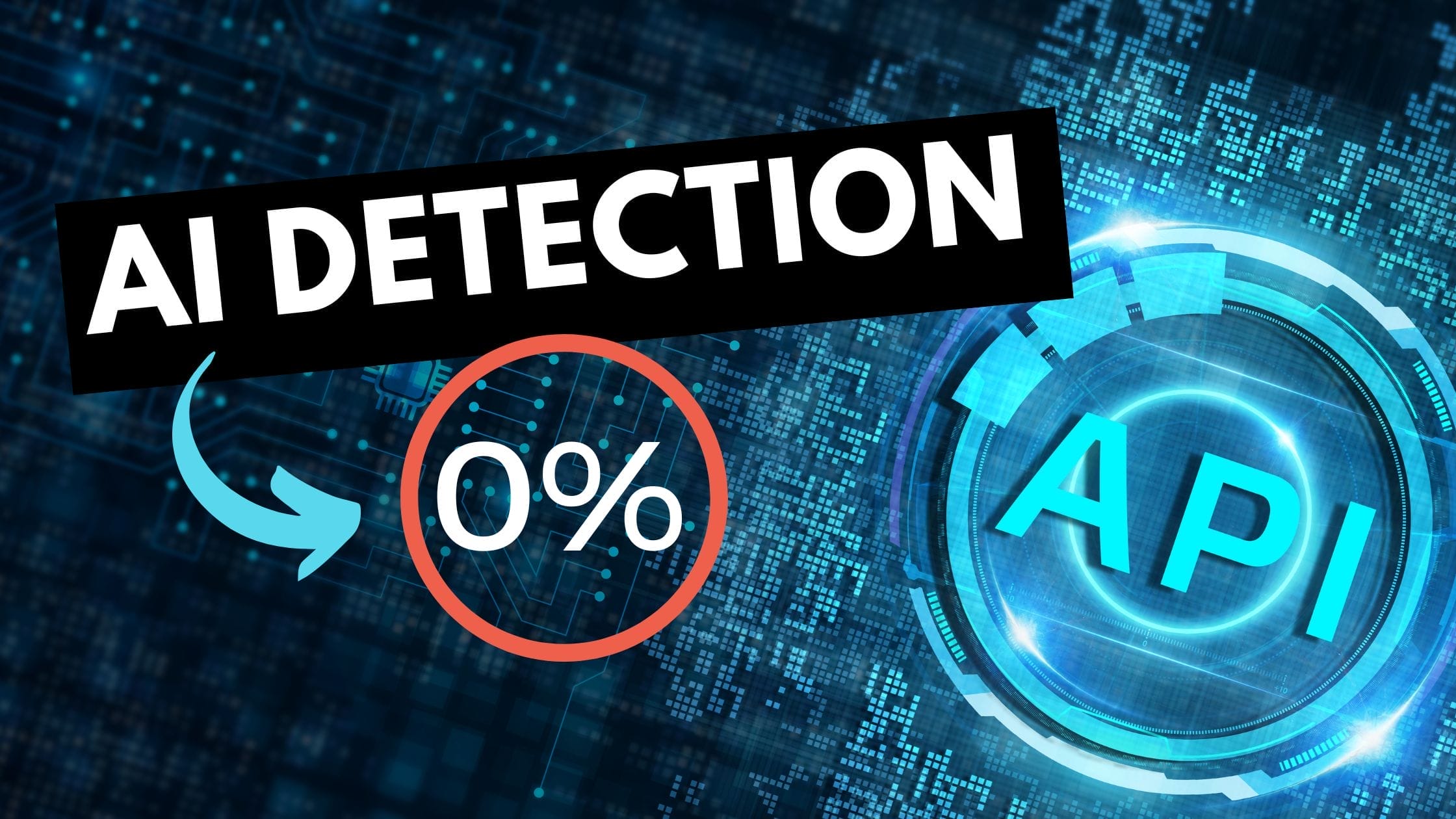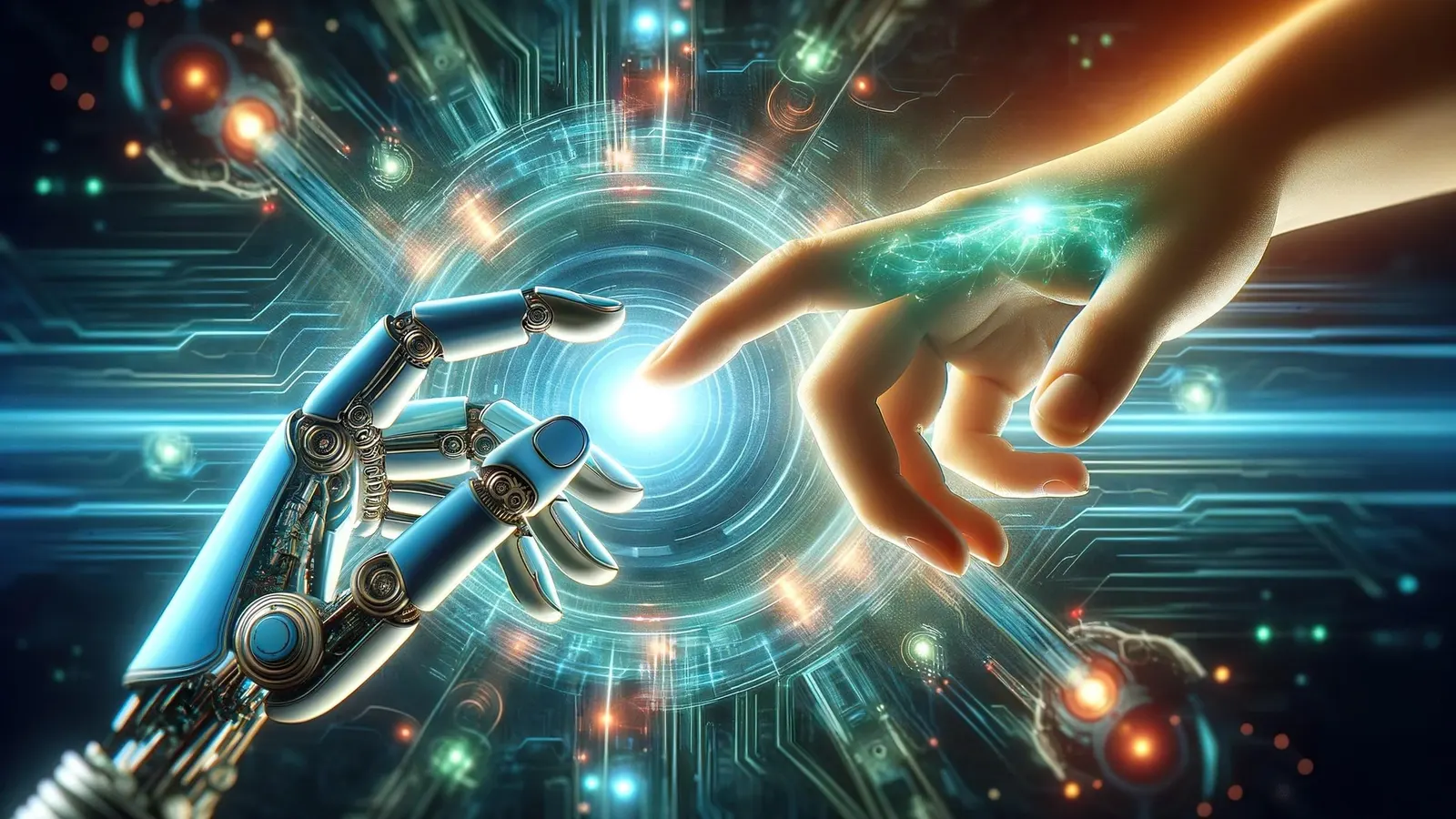As we step into an age where artificial intelligence (AI) is said to disrupt industries one after the other, demand for AI detection tools is coming in play more than ever. An AI detector is a system specifically engineered to detect whether a piece of content—such as a text, image, or even audio—was produced using artificial intelligence or not. From businesses to educators to major online platforms, the increasing sophistication of AI-generated content has left all of these parties seeking the authenticity provided by AI detectors to limit misinformation.
How AI Detectors Work
AI detectors utilize sophisticated algorithms and machine learning models to analyze patterns in content and recognize features that are indicative of AI-generated material. These tools analyze for factors including:
Textual Features: The text written by an AI model have certain traits such as lack of randomness, repeated patterns or consistency with high coherency and no variability. AI detectors look at the formations of the sentences, the grammar, and relevance to the context to identify something produced by a machine.
Plagiarism & Predictability: Because AI predicts words based on probability (as in, the next likely word, based on the previous words), it sometimes gives out generic or heavily structured sentences. AI detectors blot content against existing datasets to ascertain whether it exhibits unnatural linguistic patterns.
Metadata & Source Tracking: Certain AI detection tools examine metadata contained in digital files to trace their provenance. Has particular utility for spotting AI-generated images and videos
Why AI Detection Matters
Preventing Academic Misuse
Students can draft papers instead of writing papers using AI power writing tools such as ChatGPT Schools are only using AI detectors to make sure that things are original and have academic integrity. This is where tools such as Turnitin and GPTZero come in, essential for plagiarism detection.
Confronting Fake News & Misinformation
Lately, the proliferation of AI-generated deepfakes and false news articles increases what is known as misinformation. AI detectors can assist fact-checking organizations in checking whether an article or a video is artificially generated and stop false information from spreading.
Making Your Marketing Content Authentic
Brands need authentic content to build an audience. Marketing agencies have used AI detectors to check the legitimacy of content like articles, blog posts, or reviews to determine whether it has been written by a human being or an AI source, thus validating credibility and trustworthiness.
Maintaining SEO Standards
Search engines favor quality user-generated content. Websites relying on AI generated articles are likely to be penalized in search rankings. By using AI detection tools, webmasters can check the authenticity of their content before publishing it on their resources, preventing possible SEO penalties.
AI Detectors Popular in The Market
Various AI detection tools have emerged for different needs. Some of the most widely used ones are:
GPTZero: A tool that has found its way into many educational settings to help catch student-written essays produced by AI.
Writer. com AI Content Detector: Great for businesses to double check marketing copy is human-generated.
Similar to Copyleaks, it provides AI detection with high accuracy.
Open AI Text Classifier: Create by OpenAI to identify its own AI-generated content.
Limitations of AI Detectors
And while they have come a long way, AI detectors aren’t perfect. Some key limitations include:
False Positives & Negatives: Occasionally, text written by a human can be classified as AI-generated, and vice versa.
AI that evolves: As AI gets smarter, detection tools also require constant updates to remain effective.
Bypassing mechanisms: Writers themselves can alter AI-generated content to avoid detection, meaning that while these tools can be useful, they will never be 100% reliable.
The Future of AI Detection
Use of blockchain to verify original content and AI models specifically created for forensic analysis in the medium term could lead to significantly better AI detection technology. As long as AI-generated content grows, so will the need for AI detector tools, making them an integral part of digital security and content validation.
Finally, AI detectors are important for authenticity verification across various sectors. Although challenges remain and continue to evolve, challenges that most assuredly can not be solved if there is not further progress made in both the technology itself and the policy surrounding it, ongoing gains will make them increasingly accurate and reliable, safeguarding the value of human-generated content in a rapidly shifting digital environment.
Inspect: multihive.online






